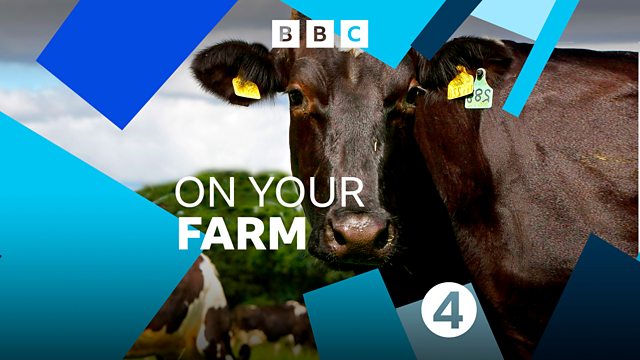Bee Unit
Charlotte Smith visits the laboratories of the National Bee Unit to hear about the latest research to help the under-threat honeybee.
How do you artificially inseminate a Queen bee? And more to the point, why would you want to? Charlotte Smith visits the National Bee Unit at the Food and Environment Research Agencies' laboratories at Sandhutton near York to find out.
Although much of the work done there is under a microscope, scientists there also have the job of managing 150 colonies of bees. And when each colony could contain 60,000 honeybees, that's a lot of insects - as Charlotte discovers in the sweltering heat inside a bee suit surrounded by the roar of thousands of foragers returning to their hives.
The NBU is currently working on improved breeding programmes and as Mike Brown, the head of the National Bee Unit, tells Charlotte these bees are 'posh' bees. By that he means these are pedigree honeybees, especially selected for the best genetic traits. "This is no different from a farmer breeding a pedigree sheep" he tells Charlotte as he oversees a Queen Bee being artificially inseminated under a microscope.
The NBU also houses Europe's only colony of the Small Hive Beetle. This insect has the power to cause massive damage to hives in the UK were it to arrive here. The colony at the NBU is kept under strict levels of security. "You're really scared of this aren't you" Charlotte observes as she dons a frozen lab jacket, and proceeds through a series of air locks in order to see the beetle through two layers of perspex.
And regarding the first question 'how do you inseminate a bee?'. The answer is 'very carefully'.
Presenter: Charlotte Smith. Producer: Fran Barnes.
Last on
Broadcast
- Sun 4 Jul 2010 06:35Βι¶ΉΤΌΕΔ Radio 4

